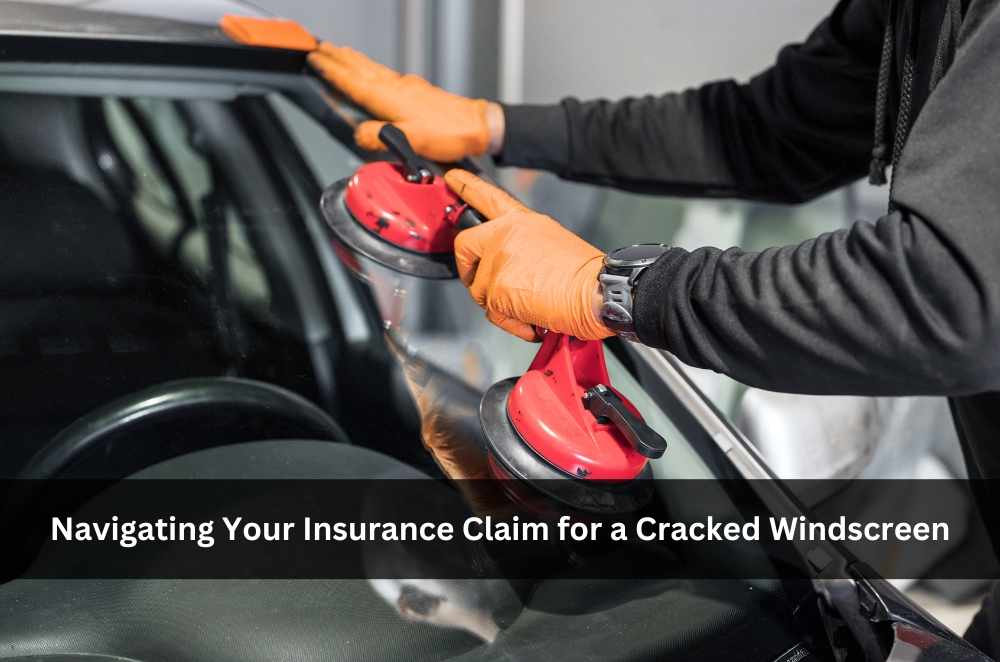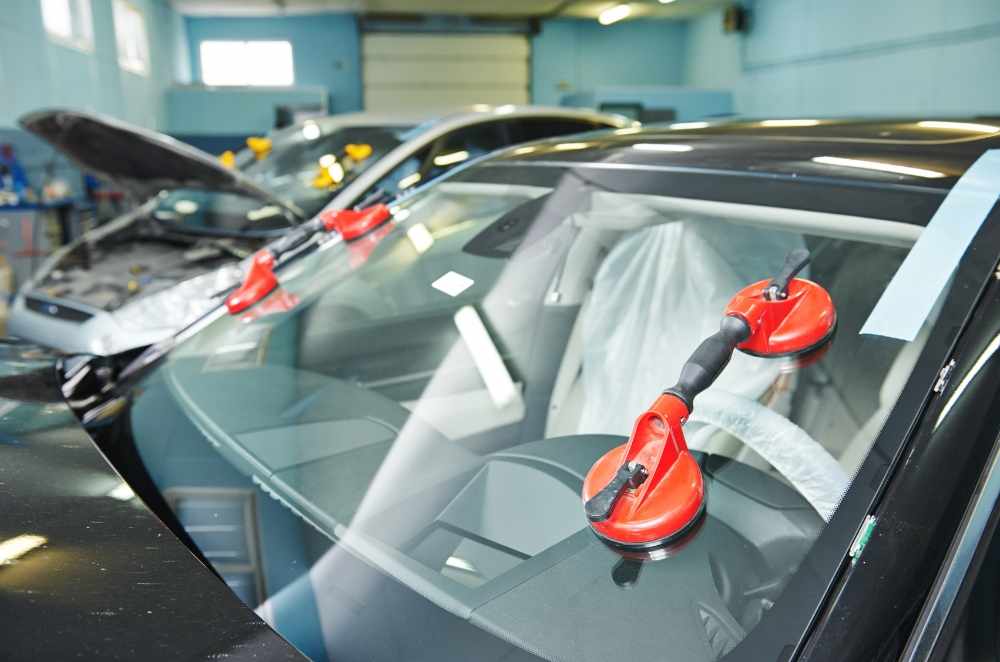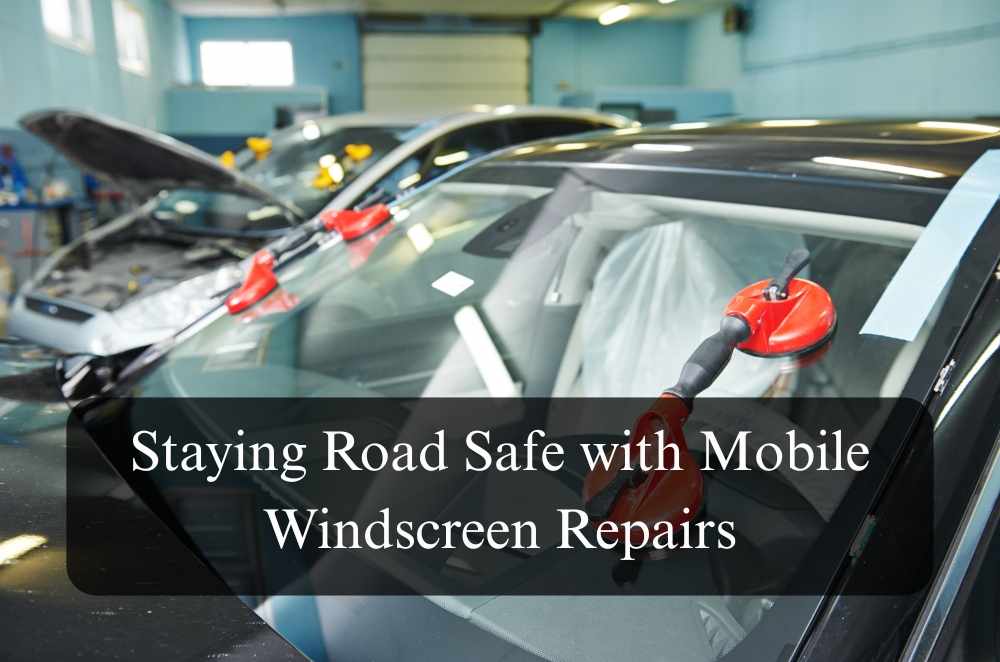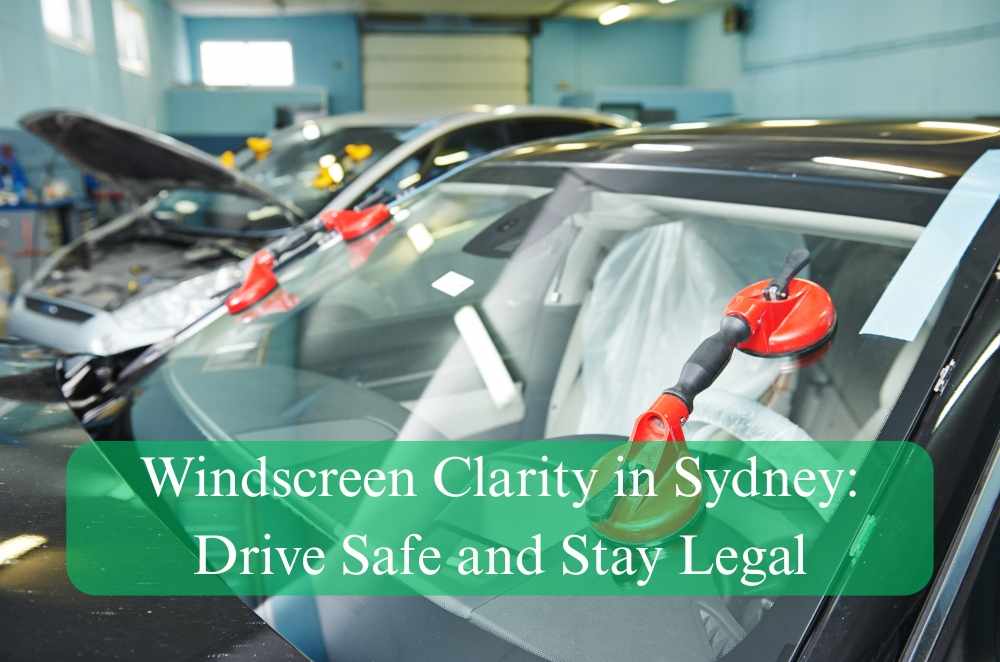
Crack on the school run? Chip after a weekend on the M1? It happens — and the admin can feel harder than the hit itself. The good news: most Aussie policies make glass claims straightforward if you know the right steps. Start by checking whether your cover includes glass (often as an option or add-on), then line up a repairer who can come to you. If you need help fast, consider mobile windscreen repair Sydney trusts for an on-site assessment before you lodge.
Understand your cover before you file a claim
Not all car insurance works the same. A quick read of your Product Disclosure Statement (PDS) will save time and excess.
Comprehensive vs third-party: The Glass cover usually sits with the comprehensive. Third-party policies rarely include windshields.
Glass add-on: Some policies bundle a “windscreen/window glass” option; others include one no-excess repair per policy period.
Excess differences: Repair (resin) is often no excess; replacement may carry a glass-specific excess—smaller than your standard excess.
No Claim Discount (NCD): Many insurers protect your NCD for glass-only claims; check the PDS to be sure.
Driver and vehicle disclosures: If you’ve added ADAS (forward camera) or changed tint, accuracy matters for approvals.
Quick tip: open your insurer app or portal, search “windscreen,” and screenshot the relevant clause. You’ll need it if the call centre’s guidance doesn’t match the PDS.
Repair vs replacement: How insurers decide
Insurers triage damage by size, location, and severity.
Chips and bullseyes away from the driver’s primary view are often repairable with UV-cured resin.
Cracks that reach the edge, branch, or sit in the driver’s line of sight usually push you to replacement.
Pitting and scratches might be cosmetic, but heavy abrasion can dazzle at night and justify a replacement.
Legal roadworthiness standards in NSW set clear thresholds for damage in the critical viewing area. For the official fine print (and to confirm tint rules while you’re there), see windscreen crack repair mobile.
A quick story: Earlier this year, I sat in with a neighbour in Ashfield when a crack crept from a stone chip to the A-pillar overnight. The assessor okayed a replacement on the spot because it touched the edge and crossed the wiper sweep — classic replacement flags.
The step-by-step claims process in NSW
Make it safe
Clear loose glass, avoid slamming doors (pressure can extend cracks), and cover sharp edges with tape until help arrives.Document the damage
Take photos from outside and inside, plus a wide shot of the whole screen. Capture the rego plate, the current odometer and the crack’s length.Check your PDS and excess
Confirm whether the repair is no-excess and what your glass replacement excess is. If you’ve got a “one free repair per year,” use it now and keep the paperwork.Choose a repair path
Insurer-preferred network: Fast approvals, direct billing, sometimes same-day mobile bookings.
Choose your own repairer: You can often nominate a licensed specialist; some insurers require an upfront quote for approval.
Book a mobile or workshop
Mobile is ideal for chips or straightforward replacements in a driveway or office car park. Workshop is better when the weather’s rough or ADAS calibration needs special targets.Approval and scheduling
Your claim handler issues a job reference. Good repairers can repair a chip in ~30 minutes; a replacement typically takes a couple of hours plus cure time.Calibration and quality checks
If your vehicle has ADAS (cameras or sensors behind the glass), ask about recalibration. Some cars require dynamic (road) or static (target) calibration after the glass is replaced.Pay excess (if any) and keep records
Store your tax invoice, warranty details and photos with the claim number. Handy if you sell the car or need a follow-up.
Costs, excess and claim impact explained
Chip repair: Often covered with no excess; out-of-pocket is common only if you skip claiming.
Replacement: Varies by vehicle (heated glass, rain sensors, heads-up display, and acoustic lamination can add cost). Expect an excess if your policy doesn’t waive it.
Premium impact: Many insurers don’t penalise for glass-only claims, but claim frequency can still be considered at renewal.
Aftermarket vs OEM glass: Both must meet Australian Standards. OEM may be required if specified by your policy or for certain ADAS setups.
Want a neutral explainer on price ranges before you talk to your insurer? Try the windscreen chip repair cost.
Choosing a repairer and ADAS recalibration
A good repairer reduces downtime and avoids rework — especially on modern cars.
Mobile coverage: Confirm your suburb and parking setup (overhead cover helps in bad weather).
Glass spec: If your car has a HUD, lane-keep camera or rain sensor, confirm the glass is the right specification.
Calibration: Ask whether calibration is included, outsourced, or not required for your model. Get it noted on the invoice.
Warranty and sealants: Look for lifetime workmanship warranties and OEM-approved primers/sealants.
If convenience is key, book mobile windscreen repair in Sydney and have the technician meet you at home or work for assessment and a claim-ready quote.
Scratches, chips and cracks: Know the difference
Scratches: Usually from worn wipers or grit. Light marks may polish out; deep scratches distort light and often mean replacement. For a deeper dive tailored to readers on Medium, see the windscreen scratch repair.
Chips: Star, bullseye or combination breaks. If treated early, repairs are strong and discreet.
Cracks: Straight or branching lines. Anything growing, edge-reaching or in the driver’s view is usually replacement territory.
Another lived example: I once delayed fixing a tiny star chip after a weekend on the M4. A cold snap, a hot demister and — crack. What would’ve been a free repair turned into a replacement with an excess. Lesson learned: repair chips quickly.

Common claim pitfalls (and easy fixes)
Letting the damage spread → Avoid big temperature swings and door slams. Book repair ASAP.
Wrong contact with the insurer → Don’t call the general claims line only to be bounced around; ask specifically for a glass claim workflow.
Skipping calibration → If your dash shows ADAS warnings post-replacement, stop driving and call the repairer; calibration might be incomplete.
Tint and stickers → Removed or reapplied incorrectly, they can trap moisture. Ask about re-tinting or OEM-style frit borders for a clean finish.
Choosing the cheapest only → Sub-par sealants or poor prep cause wind noise and leaks. Look for reputable suppliers and clear warranties.
When you can drive — and when you shouldn’t
You can usually drive short distances with a minor chip or short crack that’s outside the driver’s critical view — but act quickly. If the crack is spreading in your primary line of sight or the glass looks unstable, park it and book a mobile assessment. The NSW road rules and inspection standards set objective thresholds; for the legal detail, review windscreen crack repair mobile in Sydney before you decide.
Final checklist to make claims painless
PDS screenshot saved (glass clauses, excess, NCD).
Photos taken (inside/outside, wide shot, crack close-ups with ruler or coin for scale).
Repairer chosen (mobile or workshop) and ADAS calibration confirmed.
Claim lodged with job reference number.
Invoice, warranty, and calibration report stored with your records.
If you follow that sequence, the whole exercise becomes boring — in the best way. A quick call, a mobile visit, a safe screen, and you’re back on the road.






Write a comment ...